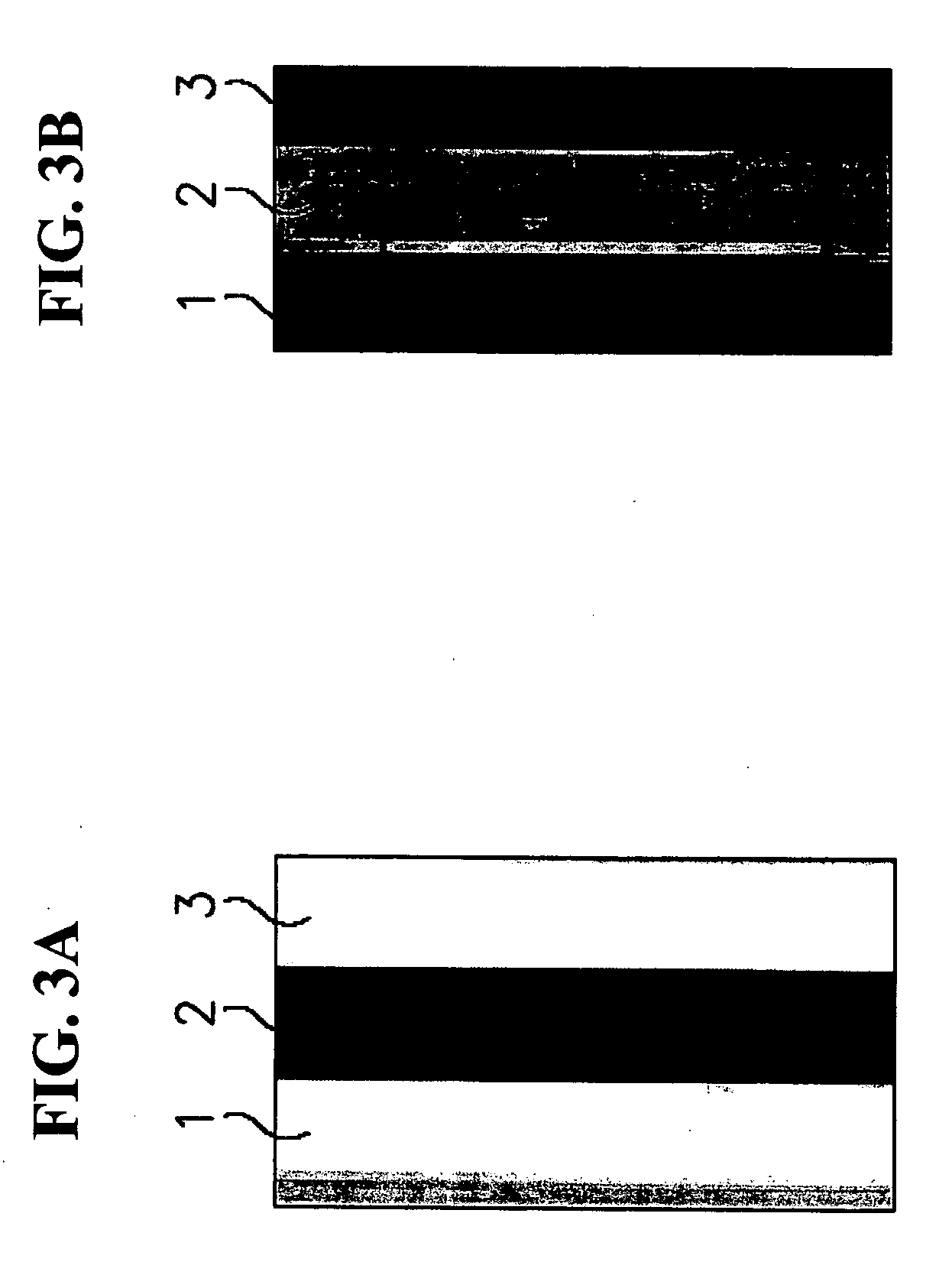Compositions and methods for cell killing
a cell and cell technology, applied in the field of cell compositions and methods, can solve the problems of rarely causing long-term regression, not curative, and harmful to man-made cellular materials
- Summary
- Abstract
- Description
- Claims
- Application Information
AI Technical Summary
Benefits of technology
Problems solved by technology
Method used
Image
Examples
example 1
Distribution of Proteins in a pH Gradient
[0184] The following experiment was carried out in order to ascertain whether proteins comprise specific pH characteristics.
[0185] Materials and Methods
[0186] Gel preparation: Four immobiline gel strips measuring approximately seven centimeters were used. Each strip was cut from an ampholine containing polyacrylamide based gel having a pH gradient from 4-9 prepared as is known in the art (the gel contained 4% polycacrylamide and 5% bisacrylamide cross linker).
[0187] Protein solution preparation: Four different protein solutions were prepared. The first solution contained 1.0 mg / ml myoglobin (commercially available from Sigma, USA—catalogue number M-0630) in DDW. The second solution contained 1.0 mg / ml myoglobin in DDW including a final concentration of 8M Urea for protein denaturation. The third solution contained 1.0 mg / ml phycocyanin (commercially available from Sigma, USA as Catalogue Number P-2172) in DDW. The fourth solution containe...
example 2
Redistribution of Proteins Across a Gel Membrane According to their pH Characteristics
[0194] Materials and Methods
[0195] Gel preparation: A rectangular chamber was divided into three compartments by placing two gel membranes, formed as 2 mm thick polyacrylamide-based gel slabs, as illustrated in FIGS. 3A-B. The gels were prepared by addition of 10 μl of Imobiline™ (Amersham), 0.5 μl ammonium persulfate (APS), 0.25 μl TEMED (1:10), 10% polycarylamide and 5% bisacrylamide. One gel membrane was prepared for pH 4 (acidic, Polyacrylamide with Immobilines) and the other gel membrane was prepared for pH 6 (basic, Polyacrylamide with Immobilines).
[0196] Protein solution preparation: Myoglobin and Phycocyanin were dissolved in doubly deionized water (DDW) each at a concentration of 0.1 gram / Liter (g / L).
[0197] Experimental Procedure: 300 μl of each protein solution was placed into the central chamber bordered by the two membranes. The chamber on the acidic side was filled by a buffer solu...
example 3
[0203] The following experiment was carried out to demonstrate the feasibility of affecting intracellular distribution of a cytoplasmic protein within a living functioning cell.
[0204] Materials and Methods
[0205] HeLa cells were transfected to express GFP in their cytosol. Following lysis, the extracted proteins were tested to determine the pH region of maximum accumulation of the GFP protein as described in Example 1 above. The region of maximum accumulation of the GFP protein (as determined by locating the peak fluorescence on the scanned gel strip) was found to be at about pH=9.
[0206] Commercial polyacrylamide beads having a mean diameter of approximately 50 microns (Biogel P10, Cat. No. 1504140, Biorad, USA) were soaked in a solution of a copolymer of polyacrylamide and immobilines at pH=9 (prepared as detailed in Example 2 hereinabove). The Imobiline™ polyacrylamide solution was allowed to chemically polymerize following which an aqueous suspension of the resulting beads was ...
PUM
 Login to View More
Login to View More Abstract
Description
Claims
Application Information
 Login to View More
Login to View More - R&D
- Intellectual Property
- Life Sciences
- Materials
- Tech Scout
- Unparalleled Data Quality
- Higher Quality Content
- 60% Fewer Hallucinations
Browse by: Latest US Patents, China's latest patents, Technical Efficacy Thesaurus, Application Domain, Technology Topic, Popular Technical Reports.
© 2025 PatSnap. All rights reserved.Legal|Privacy policy|Modern Slavery Act Transparency Statement|Sitemap|About US| Contact US: help@patsnap.com



